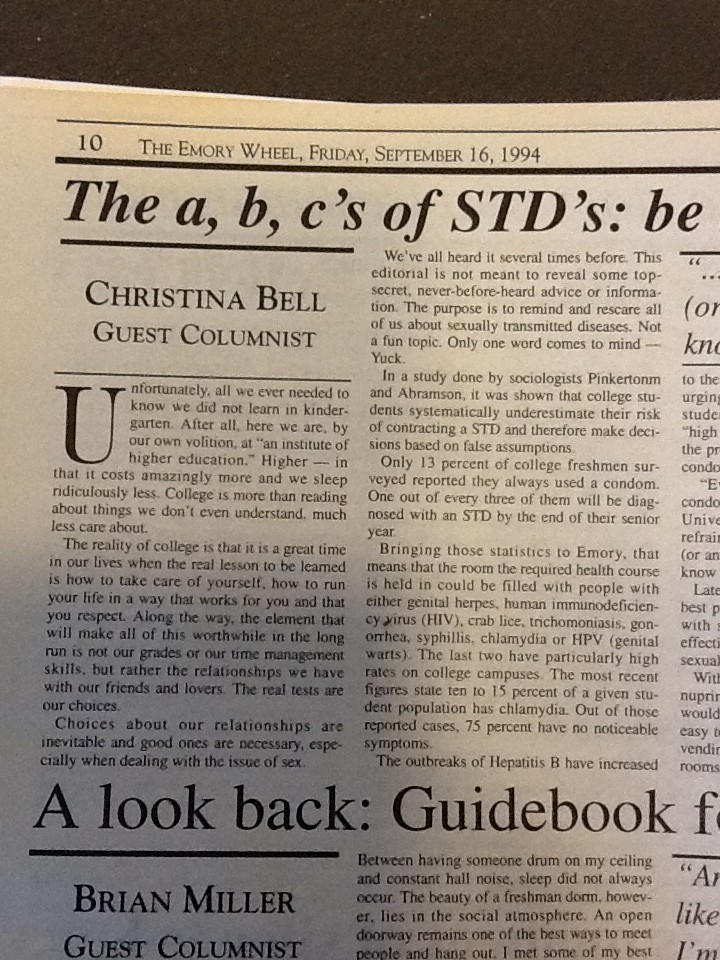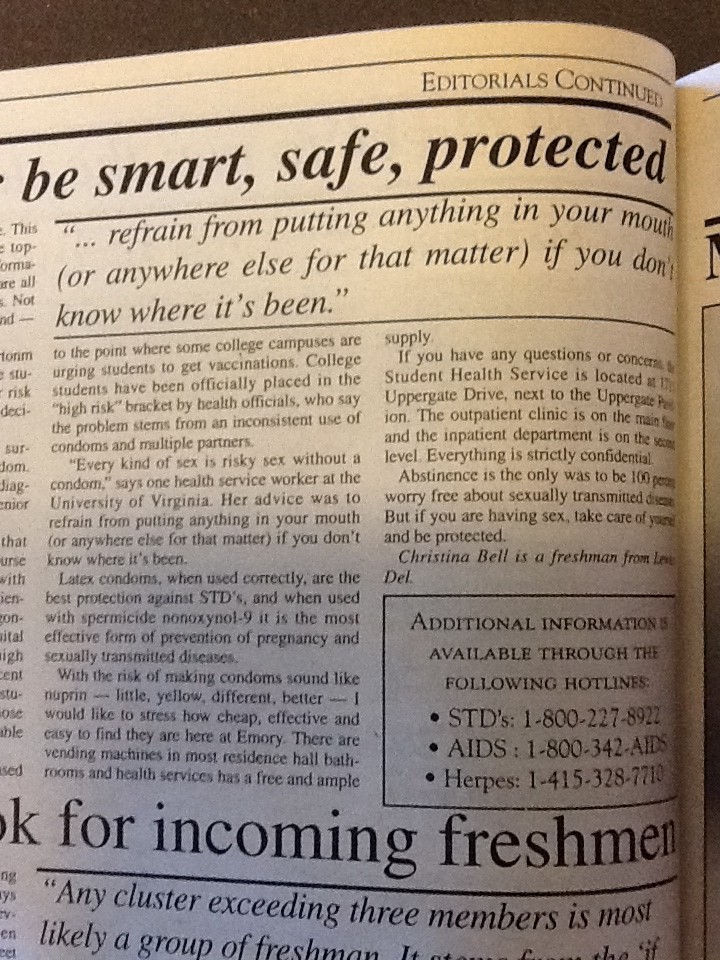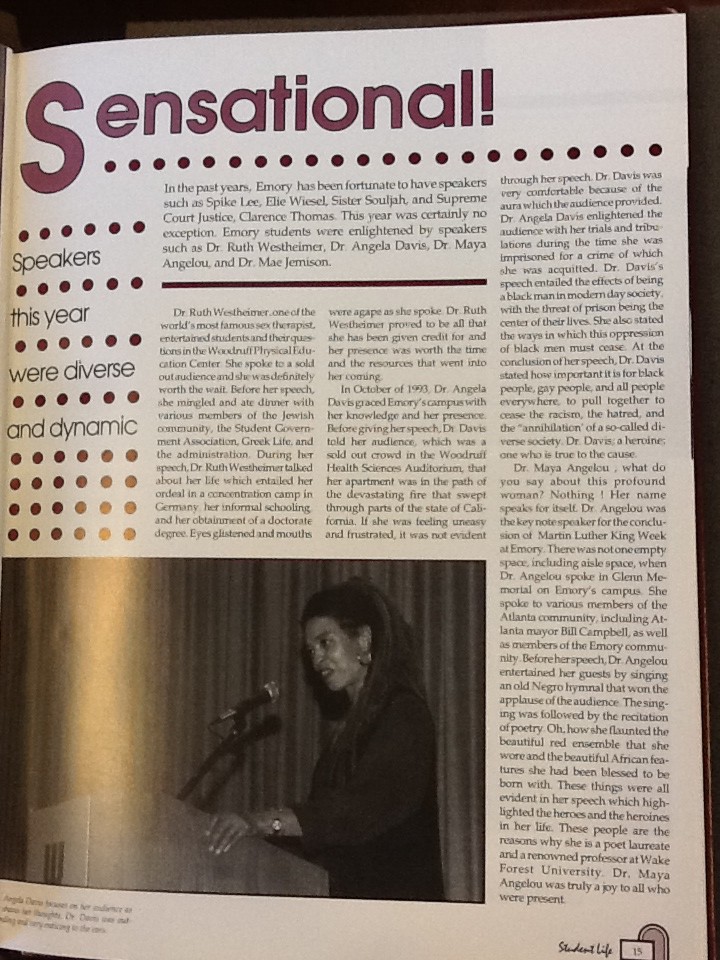During our class discussion with Lauren Bernstein yesterday, we had a very insightful discussion about the statistics of rape today at colleges across the United States. In addition to our discussion on this powerful subject matter, Bernstein informed us on her efforts here at Emory to provide support to victims through programs such as Respect.
Following this interesting discussion mainly pertaining to college campuses, I began pondering the larger picture of this issue. During our years in college, we are expected to gain knowledge, to increase efficiency and to learn how to juggle many aspects of life on our own. With all of this education going on, college campuses can be somewhat seen as controlled chaos. A place where students hustle and bustle to fit as much as possible in to one day, in one week and in four years, yet especially here at Emory, there are terms describing our campus as a bubble. Within this bubble sometimes, we as students fail to account for life and ways of thinking beyond the Emory campus. Therefore in these fundamental years, we should as students should walk away prepared for what lies ahead in life. This realization was partly sparked from a question that was directed to Bernstein about other instances of rape away from a college setting, and with this thought process in mind; I began researching for statistics pointing to where other instances of rape occur.
After a fairly simple search, I was led to the website An Abuse, Rape, and Domestic Violence Aid and Resource Collection (A.A.R.D.V.A.R.C.). This website combines various resources of information into one succinct location. On this site, data was provided from the Department of Justice Bureau. The table provides a series of tables based on criminal victimization in the United States from the year of 2005. Based on this data the majority of rapes occurred at the victim’s home, which was 36%. This was followed by 24% occurring at a friend, relative or neighbor’s home and 9% on a street other than near home. Rapes occurring on school property were 8% of the data and a 3% total occurring at a common yard, park, field or playground. This information was then broken down into the activity of the victim at the time of the rape. In the order from highest to lowest, the activities were: leisure activity away from the home (29%), other activity at home (25%), sleeping (20%), working (11%), at school (5%), going to or from other place (4%), or going to or from school (3%) [1].
We can see from this data, which in all reality could be considered a bit out of date, there is certainly more of a risk for such instances to occur beyond the walls of Emory. I would just like to urge my fellow classmates not to take for granted the safety that many of us are lucky to experience. I am not saying that we should walk around paranoid during our activities, but there should certainly be a level of awareness maintained. We have the fortunate experience of attending a close knit college, but as we explore beyond the limits of Emory and enter “real-life,” I hope that progress into a life of safety and happiness without having to experience such a tragedy as sexual violence.
[1] http://www.aardvarc.org/rape/about/statistics.shtml






